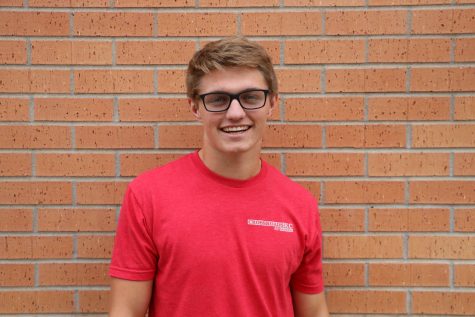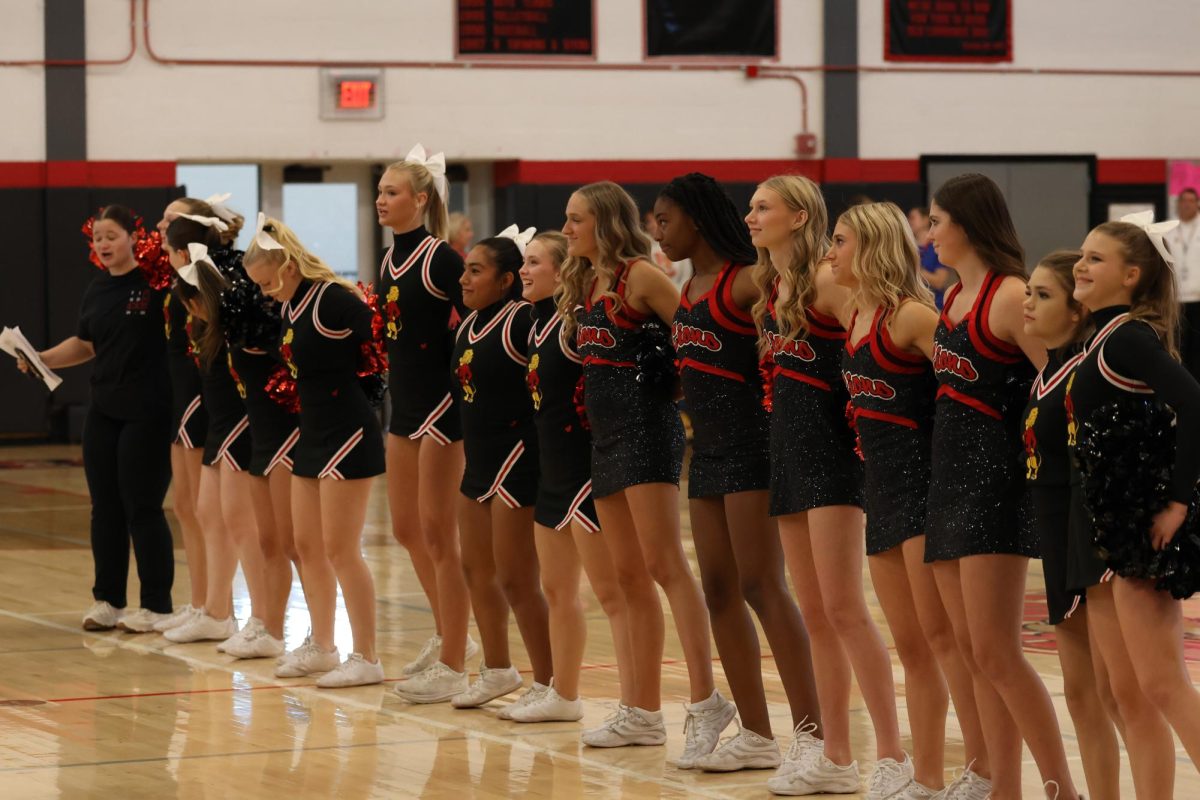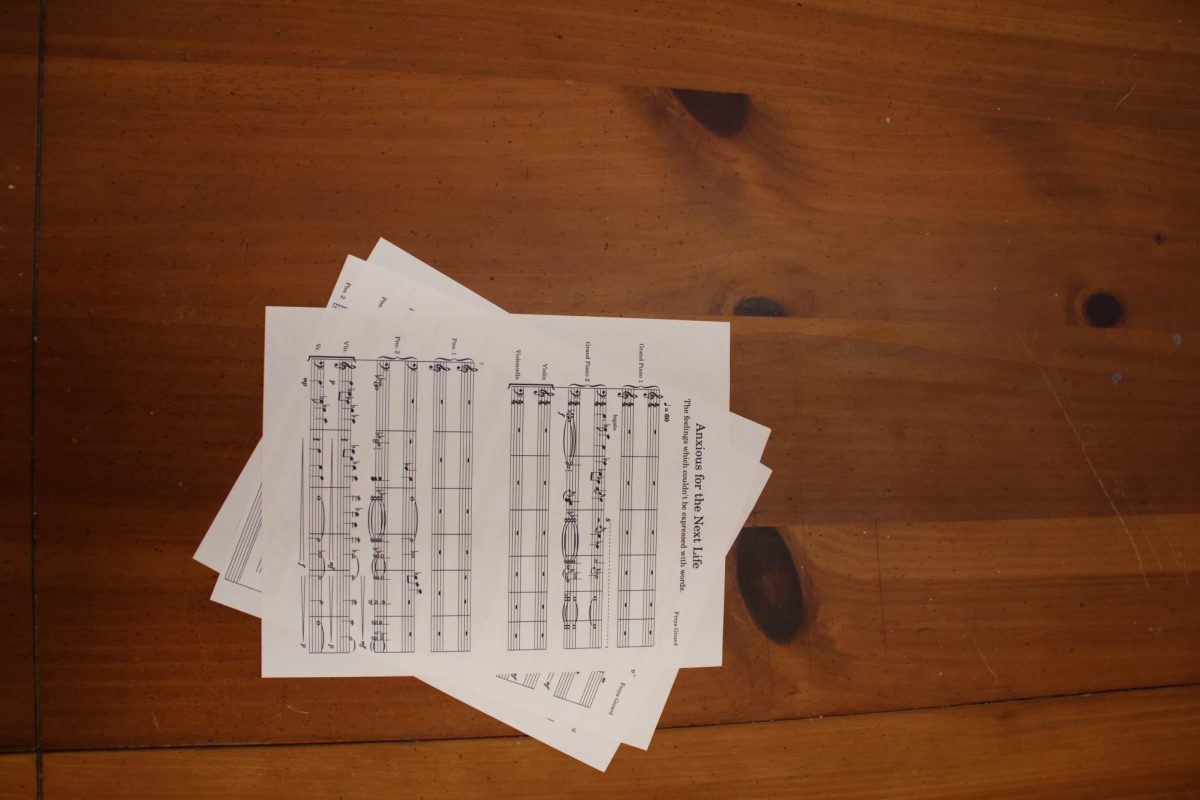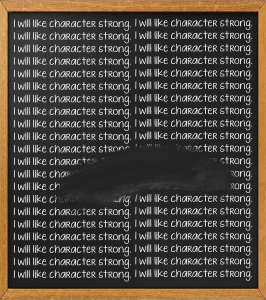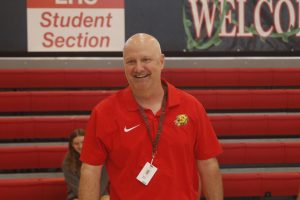LHS energy costs high
LHS energy use far exceeds that of neighboring high school
December 2, 2016
Outside temperatures are about to drop, and that means one thing to teachers — things are about to get really unpredictable.
Classrooms like that of environmental science teacher Lisa Ball are prone to unpredictable temperatures when climate conditions are more extreme.
“My room is freezing almost year-round,” Ball said. “Actually, it’s freezing when it’s hot outside and it’s usually hot when it’s cold outside, and I have no control over it…If I could control it, I would love to make it more comfortable and that would probably save energy for us. Some days I actually have to open the window to try to let cold air out which, again, is wasting money so I feel bad about it, but it’s just really uncomfortable for students. Sometimes they’re wearing gloves and hats in here.”
For teachers like Ball, it’s no mystery that Lawrence High isn’t energy efficient. Just how inefficient the building is shows up when comparing the energy bills of Free State and LHS. Throughout the past five years, electricity and natural gas bills for the school have been an average of nearly 30 percent higher than at Free State. That’s a combined $422,000 in additional funds spent during those years.
Tony Barron, USD 497’s executive director of facilities and operations, provides a simple reason for Free State’s advantage when it comes to energy efficiency: it’s a newer building, and there’s less of it.
“It [Free State] is a newer building…We base everything on the square foot. So Free State, it’s not as big as Lawrence High. I’m pretty sure the square footage is less…It’s just a building that’s 20 years old,” he said.
Energy efficiency of the building is one of the issues that’s being considered as architects draw up new plans for a large overhaul of LHS.
“We’ve been working on it for several months now,” Barron said. “There’s an LHS steering committee that we’ve engaged…and I’ve been working with them on a schematic design to make LHS a secure campus, and not only that [but] to do several improvements to the building also.”
Specifically, the district hopes to address the multiple external entry points into each of Lawrence High’s three energy-using buildings. Cutting the amount of times each door opens and closes every day would save the school money.
“Every time you open and close a door it’s affecting the temperature on the inside,” Barron said. “Right now I believe there are several…exterior entries to Lawrence High….If you have an enclosed campus where you could get to the annex and possibly get to the west gym without going outdoors, that would just lessen the amount of outside air…that could get inside.”
In addition to doors, Barron pointed out that Lawrence High’s windows, insulation and heating and cooling systems could be more up-to-date as well.
“We have a lot of room for improvement with our exterior facade, particularly our windows,” he said. “I believe we move a lot of energy through there, and also we need to look at our roofing envelope a little bit closer…because we have the proper insulation there….We have several different HVAC systems right now, some of them are a little bit more efficient than others. And so just get the total evaluation of the system. A great example is if I have a rooftop unit that serves eight classrooms, and we’re only sitting in one on after-hours event, we have to turn on the whole unit just to cool or heat one classroom, so that’s an example of some of the systems we have.”
Ball noted that the district used to be better about teachers picking up energy efficient habits.
“I think certainly there have been periods in our district in the past where we had a person who [we would call] the energy czar,” she said. “And that was their big initiative, was to look for ways we could cut costs in energy usage, and it used to be something that was a pretty big deal….They used to ask teachers to do things like unplug their mini fridges over the holidays and make sure and shut down, turn lights off, turn off computers, all of those things definitely make a contribution…people used to make fun of it but you know I bet they actually did save a chunk of money.”
Students have noticed that the building could use some upgrades as well. Junior and environmental club president Mia Waters, like Barron, thinks costs could be reduced by installing more windows.
“[We need] more natural light, so we could cut down on fluorescent lights,” she said. “And with LHS being an older building if we did have some way of getting in more natural light that would really help cut down on costs.”
Though the majority of cutting energy costs will have to be done by improving technical aspects of the buildings, there are ways students can help to reduce spending.
“Technical solutions are better windows [and] better roofs, but just simply turning lights off when you leave a room,” Barron said. “The students do not have much control of the HVAC systems, I know that, but…that’s probably the best way, in an unoccupied room make sure the lights are out.”
No matter how the energy efficiency problem is solved, Ball thinks teachers and students need to be involved in the process.
“I hope that they [the architects] consider the needs of the students and money but also sustainability, kind of those three things have to be kept in mind for making the plans,” she said. “So it would be great if teachers could provide some input and students could provide input in addition to administrators and architects because we’re the ones who know the daily conditions and what it’s like in the building.”






